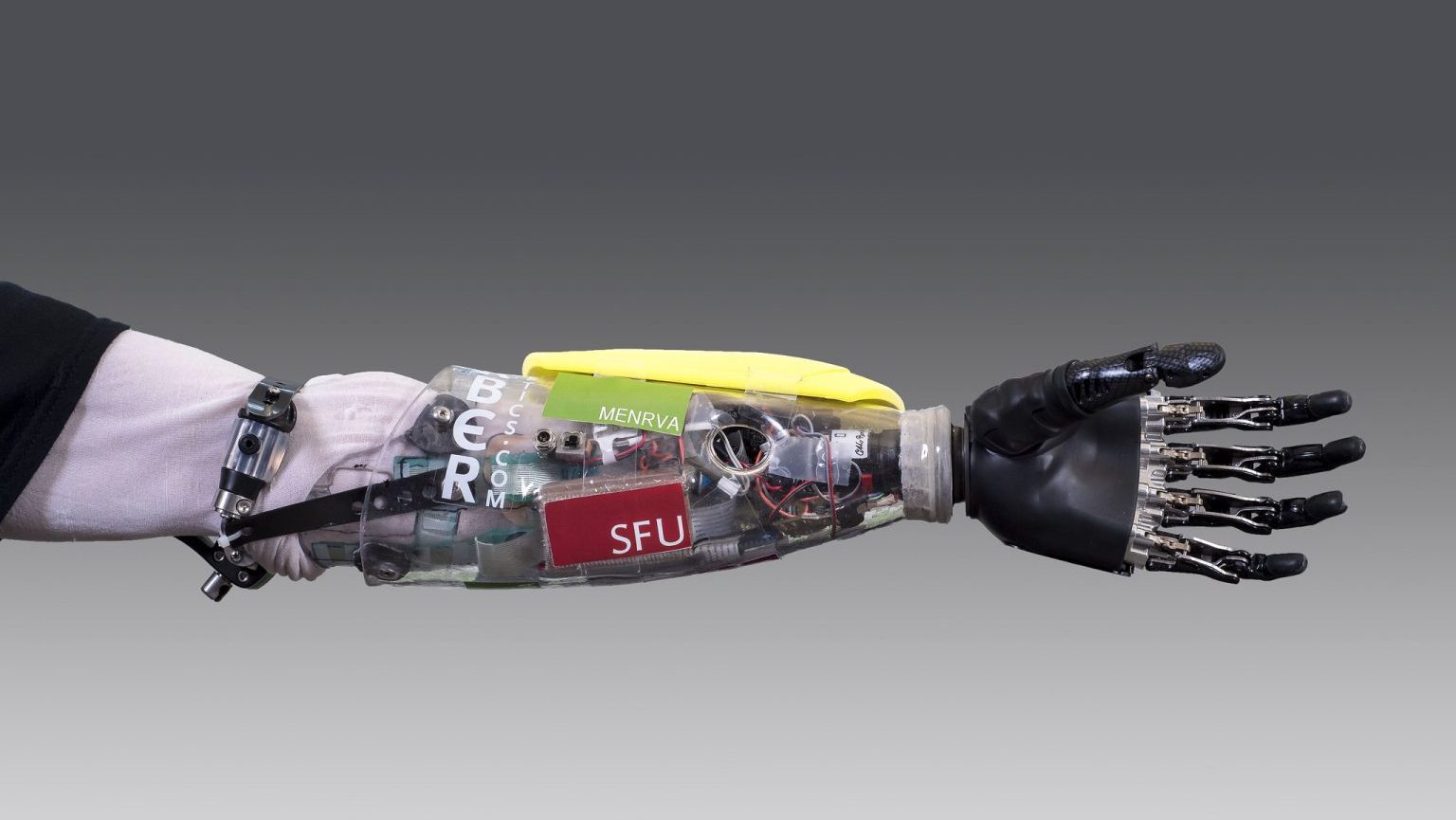Part 2 – Birth of a question and paradigm shift
down to tackle the big question, “How does an information and
technology curriculum stay relevant and meaningful in the 21st
Century.” As Technology and Learning Coordinators at the International School of Bangkok this question was important to us for three reasons.
1) 2006-7 was a WASC
accreditation year for ISB and we were charged with taking a look at
the K-12 Information Technology curriculum and creating a plan of
action to improve it.
2) The discussions and writings coming out of the edu-blogosphere last
year were rich in ideas all about “shift” , “re-thinking” and “who is
teaching these new skills?”. It was hard not to feel like there was
some momentum building around a fresh educational paradigm and a shift
away from the “integration of technology” in the classroom, moving
towards “embedding” it in the way schools “do business”.
as coordinators we had both taught in schools with elaborate technology
scope and sequence plans which we felt had little to no impact on
learning and often became outdated the moment they were written. We
also felt that the previous NET standards were too bulky and
disconnected from the average classroom teacher. We wanted to create
something that could stand the test of time and be manageable to the
average teacher.
With initiative and a
purpose driving us forward we sat down to write a rationale to guide
our approach. We came up with this:
“We
believe that technology is a tool that can help and enhance learning.
Everyday we see technology used as a tool outside of formal schooling
for communication, collaboration, understanding, and accessing
knowledge. It is our goal in developing an integrated curriculum to ensure that the way students learn with technology agrees with the way they live with technology.
Technology
is in a constant state of evolution and change. Access speeds,
hardware, software, and computer capabilities all evolve and improve on
a monthly basis. This change occurs at a rate at which it is impossible
for schools to keep up and adapt. Is it not time that we create a
curriculum model that understands and this fact and works with it
rather than tries to control it?
Too
often typical information technology curricula have focused heavily on
skills and their scope and sequence across the curriculum. The hard
reality of this approach was that they became outdated as soon as they
were printed due to changes in software, hardware and the skills that
students came equipped with.
Instead
of asking the question “What technology skills must a students have to
face the 21st century?” should we not be asking “What thinking and
literacy skills must a students have to face the 21st century?” These
skills are not tied to any particular software or technology-type, but
rather aim to provide students with the thinking skill and thus the
opportunity to succeed no matter what their futures hold.”
We
felt strongly that for too long that way technology was integrated with
learning focused more on the tool and less on the curriculum/content
that it could be used to support. To compound this fact ,since
technology changes so rapidly it became almost impossible to map what
“skills” students needed to learn from year to year as new technology
arrived on the scene and old skills trickled down age groups. It
wasn’t long ago that spreadsheets were the domain of high school
students in accounting classes. Now we introduce them to fifth graders
doing graphing and data analysis.
Typically teachers saw
teaching these technology hardware and software skills as “someone
else’s job.” IT skills to be learned in isolation. Yet schools
rightly began to insist that technology be integrated into classroom
practice.
Under
this technology skill curricular model, faced with teachers
ill-equipped and not believing that it was their job, IT integration
was doomed to failure.
We had to think bigger different ……..
Looking at Wiggins and McTighe’s Understanding by Design approach
to curriculum and unit design we liked how big “essential questions”
and “enduring understandings” had helped us plan and design units when
we were teaching math and social studies. What if this same “best
practice” approach could be applied to the way technology was used and
talked about in the classroom? If this was good curricular design
practice, why should technology and thinking curriculum be any
different? What if that same approach was used in the way we looked at
connecting technology and learning across the curriculum? What if there
were only a few manageable questions that even the most tech-resistant
teacher could see value in?
Over
the school year we fleshed out these questions and ideas and came up
five essential questions that we felt addressed the core elements of a
comprehensive technology and learning curriculum – one focused on the
thinking that was needed for the 21st century learner, rather than the
technology.
How do you know information is true?
How do you communicate effectively?
What does it mean to be a global citizen?
How do I learn best?
How can we be safe?
You can read into the elements of each of these questions at our curriculum wiki – http://newliteracy.wikispaces.com/
What do you think of the approach? We’d love to hear your thoughts.

Justin Medved & Dennis Harter, Guest bloggers
Cross Posted at: Medagogy and Thinking Allowed




